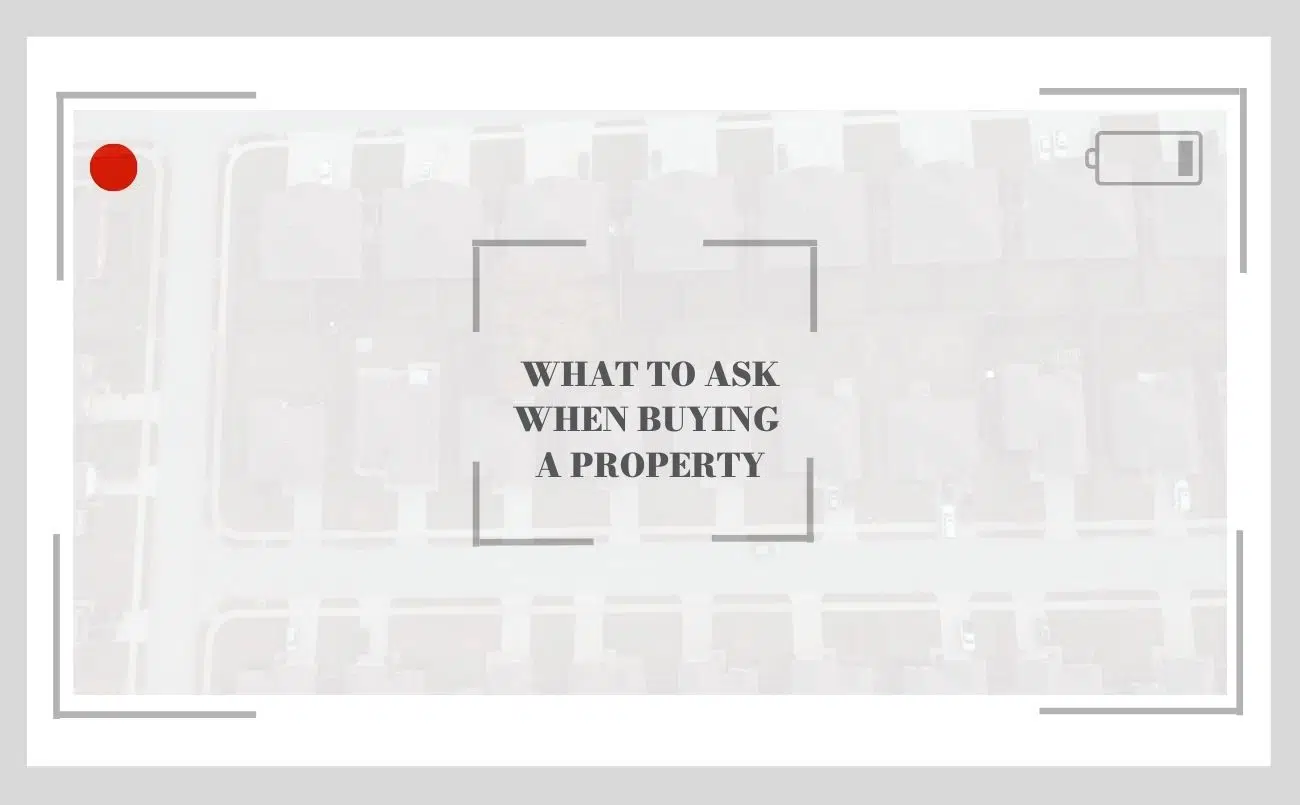
What is permitted development?
Permitted development enables householders or developers to implement structural changes to a freehold property without the need for planning permission from the local planning authority.
When can’t you use permitted development?
In some boroughs local planning authorities have suspended permitted development rights, by implementing an Article 4 Direction, meaning any change of use is subject to planning. This is often used to preserve non-designated historical areas or prevent high streets turning residential.
Other exclusions include:
- Homes within Scotland, Wales, or Northern Ireland
- Listed buildings
- Flats or maisonettes
- Some new developments
Can I use permitted development more than once and how do I know if permitted development has already been used on a property?
You can use permitted development as many times as you like but only once on each property you own, as you would exceed the extension capacity allowed. If you buy a property and don’t know if an extension was created via planning or permitted development. Check the planning portal to see what the previous occupant did with the house. Alternatively, to be safe, apply for a Lawful Development Certificate (LDC). This is a formal application via your local authority to decide if a project requires planning consent or not.
If a house has an existing, single storey, ground floor extension that was not part of the original house, it would not be possible to add an additional single storey, ground floor extension under permitted development.
The can’s and cannot’s of permitted development?
General rule of thumb when considering permitted development.
- You can’t exceed 50% of the width, or the land, of the ‘original’ property (The house as it was first built or as it stood on 1 July 1948.)
- Facades and roofs should be in keeping with existing building, using the same materials where possible.
- Any Article 2(3) or designated land or a site of a special scientific interest will require either prior approval or planning.
- Permitted development doesn’t apply to the front elevation of a property. Verandahs, chimneys, balconies or raised platforms.
Single storey extensions
DETACHED HOUSE
- Can extend up to 4 meters in height.
- Can extend 8 meters from the rear of the house.
- Only 4 meters from rear of property if the house is on Article 2(3) designated land or a Site of Special Scientific Interest with prior approval application.
SEMI/TERRACED HOUSE
- Can extend up to 4 meters in height.
- Can extend 6 meters from the rear of the house.
- Only 3 meters from rear of property if the house is on Article 2(3) designated land or a Site of Special Scientific Interest with prior approval application.
Two storey extensions
FREEHOLD HOUSE
- Can extend up to 3 meters from the rear wall and within 7 meters from any boundary opposite the rear of the house.
- Can add side elevation windows where there are landings or hallways but windows must be obscure-glazed and non-opening unless above 1.7 meters from the floor.
- Cannot exceed the height of the highest part of the roof of the existing house and must be in line with the height of the ridge line of the main roof.
Side extensions
- Can extend up to 4 meters in height or less than 3m if within 2m of a property boundary
- Can extend beyond the rear wall of the original house by 3 metres but not be attached to it and within 7 metres from any boundary opposite the house.
- Cannot be more than one single storey
- Cannot exceed half the width of original house
Permitted development loft conversions
- Can only have side windows if obscure-glazed and non opening unless above 1.7 meters from floor.
- Can’t exceed the height of the highest part of the roof of the existing house. It must be in line with the height of the ridge line of the main roof.
- Cannot extend beyond the existing roof slope
- Cannot have a Dormer wall less than a 20 cm from original eaves
SEMI/DETACHED HOUSE
- Can extend up to a volume of 50 cubic meters additional space.
TERRACED HOUSE
- Can extend up to 40 cubic meters additional space
Where loft conversions don’t fall under permitted development
National Parks, the Broads, areas of outstanding natural beauty, conservation areas, and land within World Heritage Sites.
Other buildings that fall under permitted development
- Swimming pools
- Containers used for domestic heating purposes for the storage of oil or liquid petroleum gas.
- Garden sheds, storage buildings, garages, and garden decking
Doesn’t include:
- Separate self-contained accommodation or the use of an outbuilding for primary living accommodation.
Lastly, don’t forget…
You still need to abide by UK planning regs. Without approval you will not have the certificates of compliance you may need when you want to sell your home.
When neighbours don’t remain good friends. Party Walls.
If your building works affect a party wall, when a wall stands on the land of 2 or more owners, make sure you notify your neighbour of any works to the boundary wall. You will need to instruct a party wall surveyor to oversee the build, without it you could end up redoing works or end up in a lengthy court battle.
Extending a property is a great way of increasing the price per sq ft for you home, providing additional room for a growing family or office space. Whatever the reason, do get advice. Getting it wrong is costly. So be sure to check what you can and cannot do by a professional, before considering even laying a brick.





